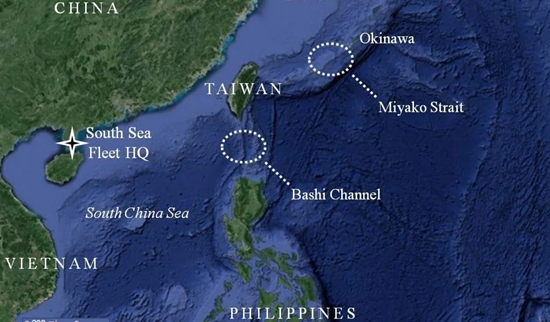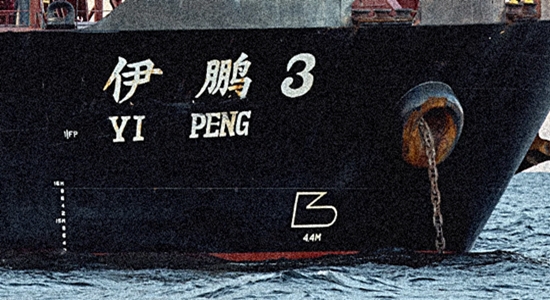
China’s two existing aircraft carriers, the Liaoning and the Shandong, will soon be joined by a third, the Fujian, expected to be completed next year. The Fujian has completed its maiden voyage.
In the estimation of Mainland Affairs Council, relying on declassified ROC military documents, these carriers may well be used to “employ a strategy of anti-access/area denial (A2/AD) around Taiwan….” (China’s Taiwan strategy would use three carriers,” Taipei Times, August 20, 2024).
[The council] said that China might coordinate its naval, air force and rocket force capabilities to operate beyond the first island chain and deter foreign forces from getting involved in a conflict involving Taiwan.
The Chinese People’s Liberation Army (PLA) Rocket Force would deploy medium and long-range conventional ground-attack and anti-ship ballistic missiles, and cruise missiles to foreign forces in the area between the first and second island chains, it said.
Citing military researchers, the report said that in the event of an attempted invasion of Taiwan, Chinese forces would likely first take formation in the northern part of the Philippine Sea, somewhere between 300km and 800km east of Taiwan proper. This posture would allow China to face Taiwan simultaneously on two fronts, with forces east of Taiwan also acting as a deterrent to foreign forces, it said.
Taiwan’s Xiangfeng missiles can go no further than 200 to 250 kilometers, so carriers or forces would be out of range at least of those missiles if they were set up more than 300 kilometers away from Taiwan.
But Taiwan and any allies like the United States wouldn’t be just sitting around waiting for China to execute its plans. Su Tzu-yun, with the Institute for National Defense and Security Research, says that the carriers would be targeted by the U.S.
“Thoughts to the contrary are simply wishful thinking on the part of the Chinese. Since the passage of supply ships through the Bashi Channel or Miyako Strait would be too dangerous, and China has no overseas bases, supplying the carriers would be impossible. Any advantage brought by the carriers would be quickly lost.”
According to a 2022 Stripes article, China does have one overseas military base—in the East African country of Djibouti, established in 2017. China is working to build more but, if a Rand Corporation analysis is correct, “is most likely to establish its next overseas military base in Pakistan, Bangladesh, Cambodia or Myanmar.” The U.S. has military bases in Japan and has access to military bases in the Philippines.





